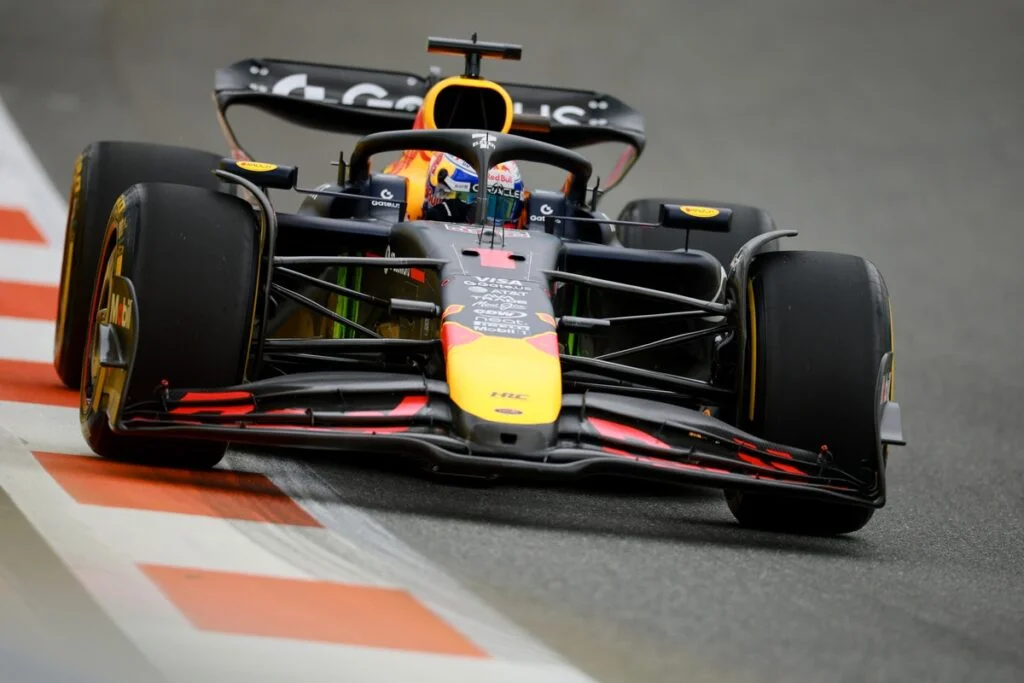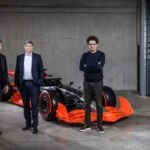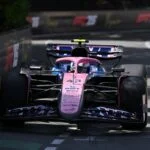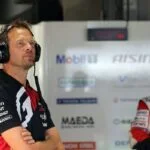Christian Horner Suggests Modifying Energy Deployment in Formula 1’s 2026 Powertrains
Red Bull team principal, Christian Horner, has expressed his support for a proposal to adjust the energy deployment of Formula 1’s powertrains in 2026, citing potential issues with excessive lift and coast during certain races next year. This suggestion follows discussions at the F1 Commission meeting, where teams collaborated with the FIA and FOM to strategize the future direction of the championship.
Concerns Over Energy Regeneration and Lift-and-Coast
Initially, there was concern that the increased reliance on electrical components in the 2026 rules might prevent drivers from regenerating enough energy throughout a lap, forcing them to lift and coast into slower corners. While it was believed this issue would resolve with development, Horner stated that a viable solution has not been found yet. Other manufacturers have concurred, although Mercedes chief Toto Wolff previously expressed that any reduction in energy deployment would be “a joke.
To address this concern, the FIA has proposed adjusting the energy deployment, considering either a lower power band for races or a more gradual increase in available energy during acceleration to prevent batteries from draining too quickly.
Horner explained his thoughts on this proposal, stating, “There’s a question of tidying up the current regulations. The FIA has finally had a good look at these regs and they’re seeing that next year there could be a huge amount of lift-and-coasting during a grand prix, which will drive the drivers mad.
Proposed Solution: Reducing Battery Energy in Race Conditions
Horner suggested leaving all technical specifications unchanged but reducing the battery energy in race conditions, effectively creating a push-to-pass system to mitigate lift-and-coasting. He believes this proposal has merit and is worth considering as it does not alter the spec or maximum power of these engines; it only affects when the deployment occurs.
If the situation remains unaddressed, Horner warns that lift-and-coasting could occur even during qualifying laps to ensure the cars have sufficient power for longer periods. He emphasizes that this would be particularly problematic in races at certain circuits next year.
Implications for 2026 Regulations and DRS
The 2026 regulations already include an effective push-to-pass system, named “manual override mode,” which will serve as a DRS substitute to allow drivers to access more power when close to another car. Horner’s suggestion seems to imply that the top-end power level may increase if the overall race power figures are reduced.
Without DRS being available next year and with low downforce on straights while recharging batteries, Horner questions whether it would be detrimental not to have a push-to-pass system. He recalls similar discussions two years ago, during which the other manufacturers agreed that recovering energy was too challenging.







